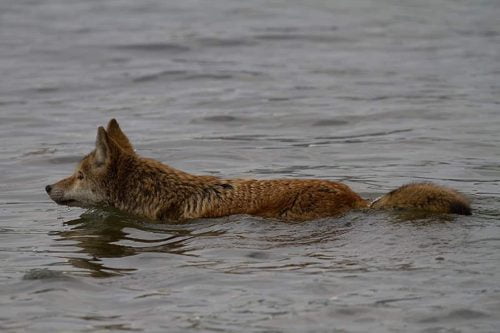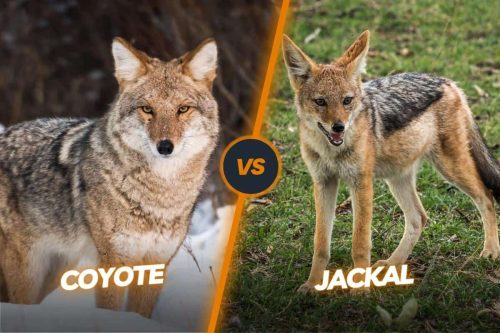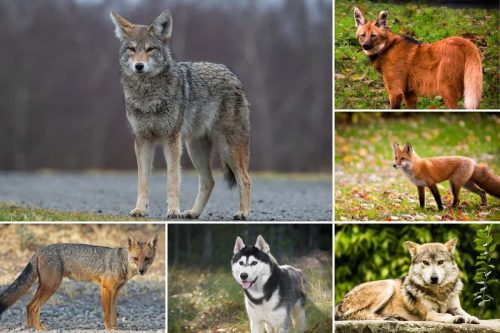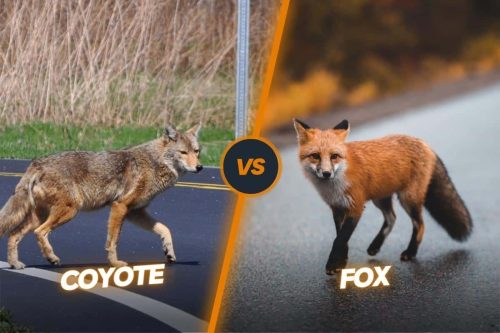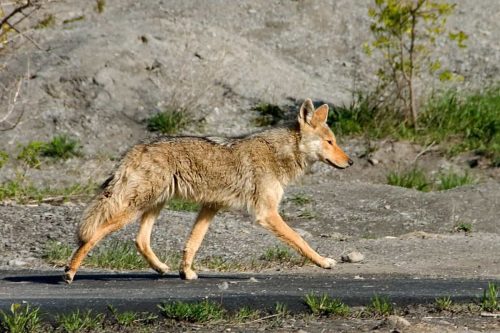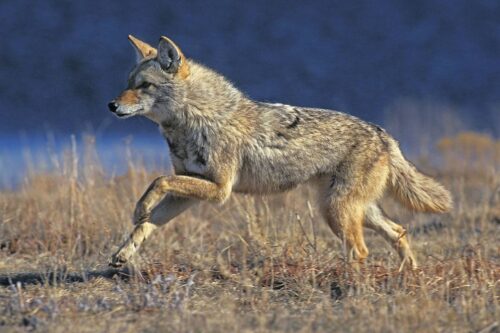Are Coyotes Endangered? [Populations & Conservation Efforts]
Coyotes are wild dogs that have existed throughout the North American continent. Coyotes play a very vital role in the maintenance of the ecosystem of America same like the golden jackal plays in the Eurasia region. That’s why some biologists have declared the coyote an American Jackal. There are 19 different recognized species and subspecies of Coyotes that exist throughout the World.
Sometimes coyotes also mate with wolf and dog species to produce some hybrid type species. There are also several myths about the coyote species. One of the very important myths about coyotes is that coyotes are endangered species. In this article, we are going to expose this myth once and for all are coyotes endangered or not?
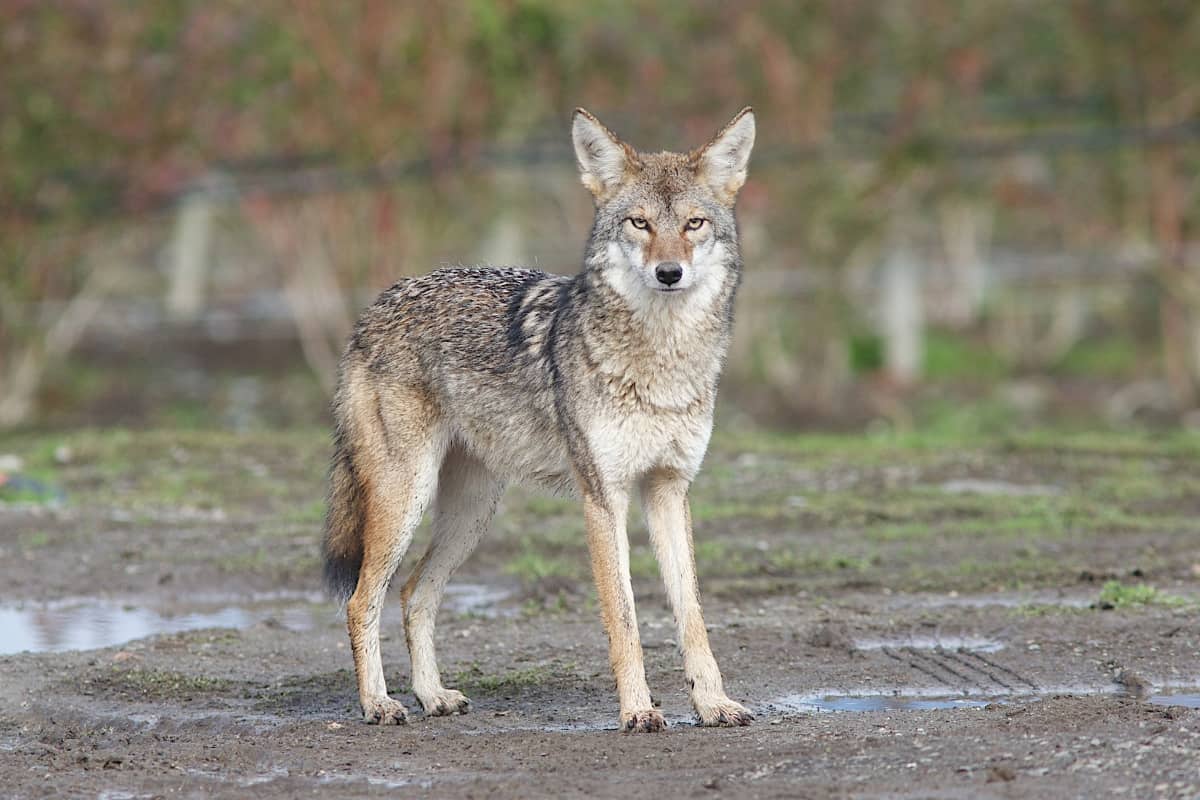
Contents
Are Coyotes endangered in the world?
Coyotes have quite a stable population throughout the North American continent. The size of the population is continuously multiplying day by day. They have expanded their range from North of the Canada to the South of Mexico. There is no threat that these species are facing nowadays regarding the extinction of their population size. According to the international union for the Conservation of Nature, these are actually the least concerned species on their red list.
Being highly adaptable wild animals, coyotes can easily survive in a variety of habitats. Now they are even thriving in the urban and suburban environments of many cities of the world. In 2013, coyotes were actually spotted in the Panama Canal for the first time. It shows that these wild animals are still expanding their range towards the southern side of America.
Due to their widespread presence in the continent, there is no restriction on the hunting and trapping of the coyotes. That’s why we could not declare them endangered species. Some other species like red and grey wolves are on the protection list of the United States Fish and wild services due to their gradual extinction from the states.
How many coyotes have been left in the world?
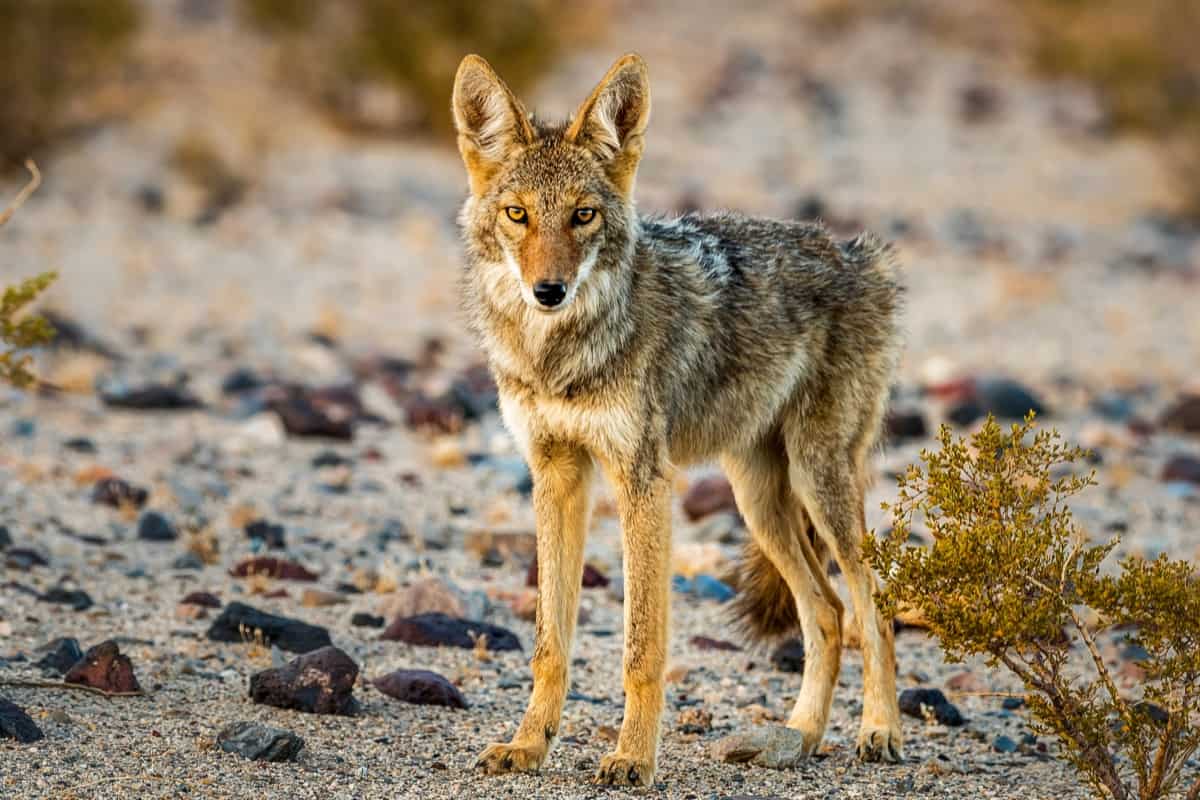
There is no exact global count of the coyote population. Coyotes are widespread across North America and their population can vary based on factors such as habitat availability, food sources, and human activity. Coyotes are highly adaptable and resilient animals, which has allowed them to thrive in various environments, including urban areas. They are not considered endangered or threatened species, and their populations have been relatively stable in recent years.
Once it was roughly estimated that there are at least 1 to 10 million coyotes population exist in the world. It was also estimated that there are almost 0.5 million coyotes who are killed annually in the world to keep their population in check. Sometimes bounties are also provided for the killing of these animals. In one of the studies, it was said that even if 75% of population of the coyotes is killed in a year with a widespread operation, these wild animals would still be able to maintain a good population size.
Also read: Jackal vs Coyote
What are the positive impacts of the coyotes on our ecosystem?
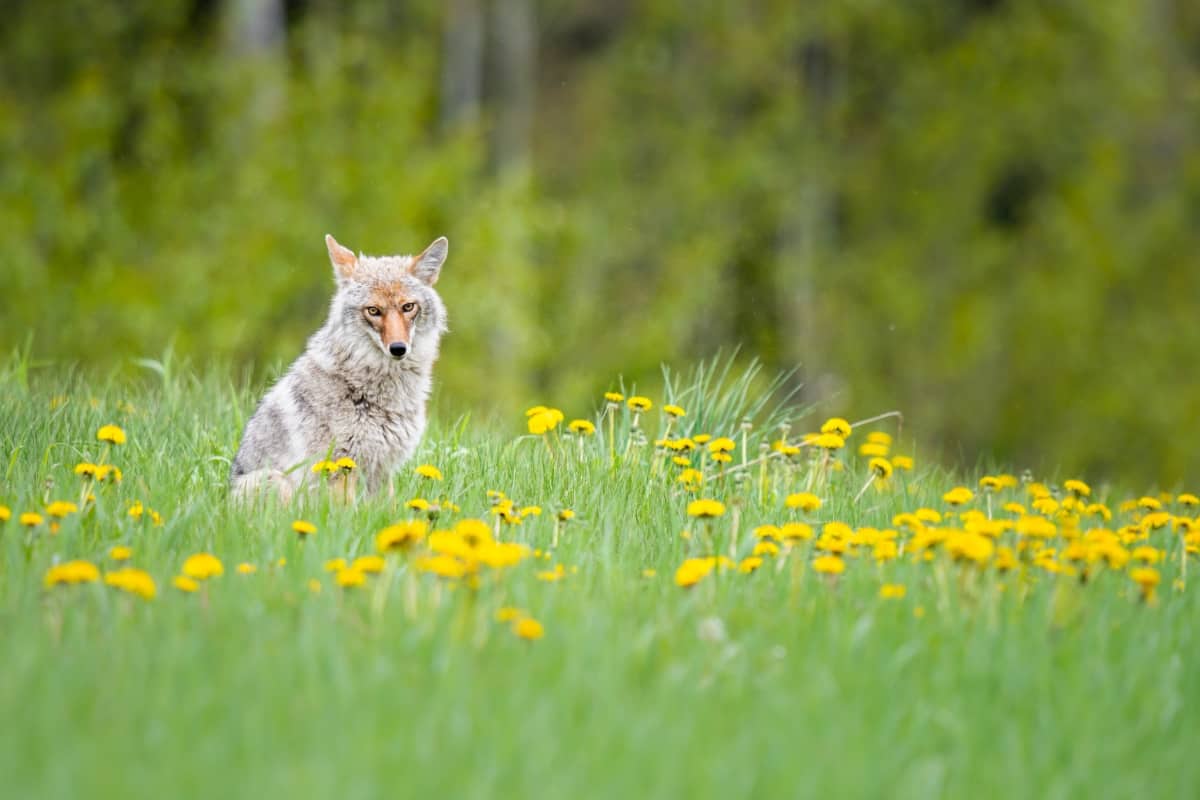
Coyotes play important roles in ecosystems across North America, and their presence can have several beneficial impacts:
Regulation of Prey Populations:
Coyotes help regulate the populations of smaller mammals such as rodents and rabbits. By controlling the populations of these prey species, they help maintain a balanced ecosystem and prevent overgrazing and other negative effects of unchecked prey populations.
Carrion Cleanup
Coyotes are scavengers and play a crucial role in cleaning up carcasses of animals that have died from natural causes. This helps prevent the spread of diseases and reduces the likelihood of disease outbreaks among other wildlife.
Competition with other predators
Coyotes can help keep the populations of other predators in check, like foxes and smaller carnivores. They compete with and sometimes prey upon these species, which helps maintain biodiversity by preventing any one predator from becoming too dominant.
Ecosystem Health
The presence of coyotes can lead to more dynamic and healthier ecosystems. Their activities, such as digging for rodents, can help aerate the soil and influence plant growth patterns.
Ecological Balance
Coyotes are considered a keystone species, meaning they have a disproportionately large impact on their ecosystem relative to their abundance. Their interactions with prey, competitors, and vegetation help maintain the balance and health of their habitats.
It’s important to note that while coyotes provide these ecological benefits, they can also come into conflict with human activities, especially in urban areas where they might interact with pets or cause property damage. Finding ways to coexist with coyotes while minimizing potential conflicts is an ongoing challenge in many regions.
Also, read this article to learn about coyote predators in detail.
Is any coyote species facing extinction?

There is one coyote specie named Pleistocene Coyote which is believed that have been eliminated from the world. This specie of coyote was once freely available in many regions of the USA. Nowadays, only the skeletal remains of these species were once spotted in the Southern side of California. One of the members of this specie was also once spotted in the Idaho area but it is considered a rumor.
These coyotes have been actually residing alongside species like the red wolf, grey wolf, and North American fox. Most of these species are actually facing extinction due to various issues. Red wolves have actually completely disappeared from the western hemisphere. Several of these species had been facing extinction 10,000 years ago and after that modern coyotes become easily available in the state.
What would happen if coyotes face extinction?
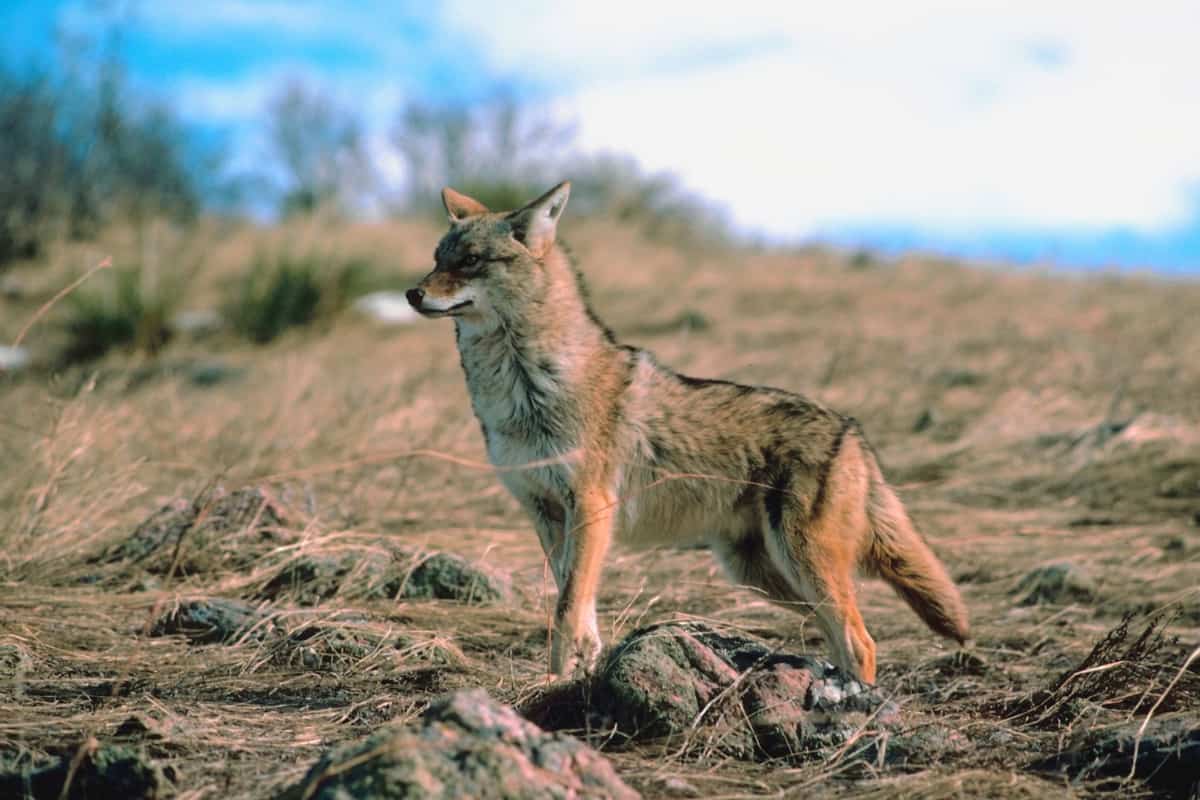
While coyotes are not currently at risk of extinction, understanding the hypothetical scenario of their extinction can help us grasp the ecological impacts such an event might have. If coyotes were to go extinct, it could lead to significant changes in the ecosystems they inhabit. Here are some potential consequences:
Prey Population Increases
Coyotes play a crucial role in controlling populations of prey species like rodents and rabbits. Without coyotes, these prey populations could surge, potentially leading to overgrazing of vegetation, habitat degradation, and competition for resources among prey species.
Impacts on Plant Communities
Coyotes indirectly affect plant communities by influencing prey populations. If prey populations increase due to coyote extinction, herbivory on vegetation could intensify, potentially altering plant composition, distribution, and ecosystem structure.
No Carrion Cleanup
Coyotes are scavengers that help clean up carcasses of animals that have died from natural causes. Without coyotes, the removal of carrion could be less efficient, affecting nutrient cycling and potentially increasing the risk of disease transmission.
Ecological Resilience
Coyotes are considered a keystone species, meaning their presence helps maintain the stability and resilience of ecosystems. Their interactions with other species prevent the dominance of any single species and contribute to ecosystem health and adaptability.
Human-Wildlife Interactions
In some areas, coyotes help control populations of species that can negatively impact human activities, such as rodents. Without coyotes, these species could increase, potentially leading to more conflicts between wildlife and human populations.
The removal or extinction of any species can trigger a series of cascading effects throughout the ecosystem. This highlights the interconnectedness of species and the importance of preserving biodiversity to maintain healthy and functional ecosystems.
Frequently asked questions
Conclusion
The question of whether are coyotes endangered revolves around their adaptability, resilience, and ability to thrive in a range of environments. As of now, coyotes are not considered endangered on a global scale. Their ability to coexist with human-altered landscapes and their role as effective predators and scavengers contribute to their stable populations.
However, while coyotes are not facing imminent extinction, it’s crucial to recognize the significance of their presence in ecosystems. Coyotes play pivotal roles in maintaining balanced predator-prey relationships, preventing the dominance of certain species, and contributing to overall ecosystem health and resilience.

Izzy is an experienced ranch worker who has a passion for exploring nature and getting up close to wildlife. With her connections to various animal organizations, Izzy is well-versed in animal care and rehabilitation.

